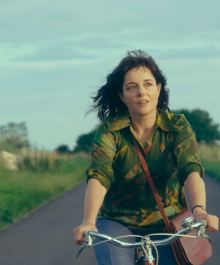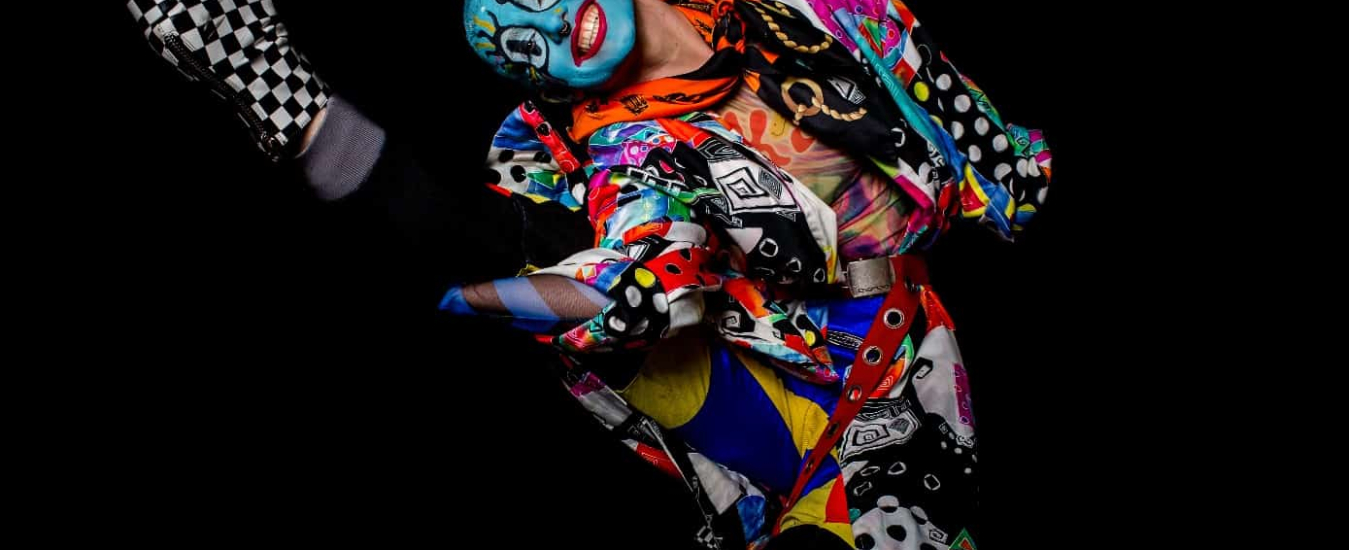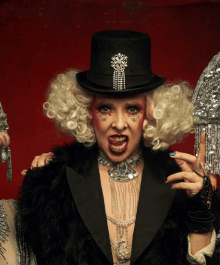

In an abandoned building near Ostkreuz, the bravest Berliners got to experience Dream World
Dream World was an immersive art exhibition which ran this month, in which guests got the chance to “explore the transformational power of their most intimate dreams”.
Dream World was a world and artistic venture like no other.
The exhibition (or rather, experiment) was the surreal product of a collaboration between 50 local artists, performers, organisers and enormous crew of volunteers – and it was all created in under 6 weeks.
Among the artists involved were Karmanoia, the creator of Wilde Renate’s striking “Labyrinth”, as well as Lilly Moris, Doktor Creature, Lacy Barry, Void Reality and many more.
In order to enter the space, visitors had to become members of The Dream World Society. Once members, they were taken on a narrative-driven labyrinthine journey as they were guided through the 12 rooms which formed Dream World, interacting with performance artists and installations, each of which immersed the audience in alternative, mind-altering and emotion-driven realities.
“Through the rabbit hole into a universe reminiscent of David Lynch.”
Around 25 visitors could enter space at any one time, and the journey itself took 1-2 hours (longer for those wiling to delve into their dream psyche even further…).
Adding to Dream World’s otherworldly mystique is the fact that it will be completely demolished in January 2020. Dream World, like our own dreams, will disappear before our eyes.
The construction of Dream World began in the beginning of November by Annette Lüür, Pablo Villalba, Stevie Southard, Alex Cuthbertson, Malwina Kowalska and Krousky. The whole venture was made possible by the support of Transiträume, a non-profit initiative connecting artists with soon-to-be-demolished temporary spaces, as well as Pandion, the company owning the building complex.
Dream World is not Disneyland. Nor is it a counter universe or fabricated psychedelic trip.
I was fortunate enough to speak to Joris Löschburg, one of the writers behind the Dream World narrative, before taking the journey myself. He assured me that Dream World is not Disneyland. Nor is it a counter universe or fabricated psychedelic trip. Rather, it is a “playful but serious invitation to reconnect ourselves with our own phantasy; to engage in different situations alluding to our capacity to dream and capacity to doubt that the world we believe in is the only one we are living in.”
In my opinion, Dream World is titled as such because it recreates the human experience of dreaming, in terms of the surreal things we dream in our sleep as well as waking dreams in which we imagine our lives, only altered. As Joris aptly put it, “In our dreams we are discovering strange worlds while remaining ourselves… By calling Dream World an immersive art installation, its founders were not aiming to give some hip framing to their vision of a co-creative space for the arts.”
He went on to tell me, “This exhibition is immersive” because “dreams are fundamentally immersive themselves. [In dreams] we find ourselves part of seemingly absurd situations that may reveal forgotten truths about ourselves.” The Dream World artists have created absurdity, but with such conviction and welcoming arms that in embracing it, it no longer feels absurd.
Visitors wandered or were guided through rooms independently, which ensured each interaction was personal.
My Dream World journey was characterised by The Uncanny. At every turn I was met with a face and environment which was both intimately familiar and terrifyingly strange. As opposed to losing myself to a Dream World, it felt more like remembering (or as Joris might put it, I was experiencing the revelation of forgotten truths about myself).
Every room was a sensory immersion, making use of smells that filled the space, art across every surface and physical interaction (note: Dream World is not somewhere for those who are uptight about personal space). Each performer’s refusal to break character (and incredibly frequently, eye contact) brought Dream World to life. The space felt real, in the way your most vivid dreams do.
“We are bringing a new art form to Berlin that’s more fun than going for a drink and more personal than being at the movies.”
Refreshingly different from your standard exhibition, Dream World was not a space in which art is kept at arm-length. Dream World’s founders stated “We are bringing a new art form to Berlin that’s more fun than going for a drink and more personal than being at the movies… Together with our members, we would like to representatively show that Berlin needs Dream World.”
Berlin needs Dream World because it is unceasingly essential that we consider our own ability to create realities different from the ones presented to us and art, in its capacity to create, is fundamental to this.
Dream World not only commented on the psyche of the individual, but also an argument for the transformative and creative power of art.
In dreams, Joris tells me, we encounter a “creative source of world building.” In dreams we are “confronted as seriously with the possibility of infinite possibilities regarding the ways we are designing our lives on this planet.” And that, in my opinion, is what the creators of Dream World made; a space both deeply introspective and full of infinite possibility.
Close your eyes and fall down the rabbit-hole.
For more information on Dream World, visit their website, Facebook and Instagram.
Photos: Krousky.






